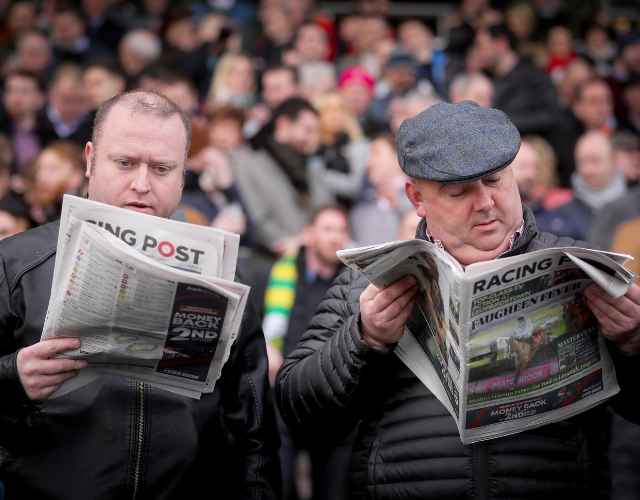
Everything you need to know about Flat racing but were afraid to ask
To a casual sports fan it may seem easy to condense the world of horse racing into one single entity. But horse racing is separated into two very distinct disciplines – National Hunt racing, which takes centre stage in the winter months, and Flat racing, traditionally the highlight of the summer action. The start of the Flat season is often traced back to May and the 2,000 Guineas at Newmarket, which is regarded as the curtain-raiser. Over the course of the months that follow, and right up until October, some of the best-bred racehorses on the planet will battle it out over various distances and racecourses before electric end-of-season showpieces such as the Irish Champions Festival, which takes place over two days at Leopardstown and the Curragh.
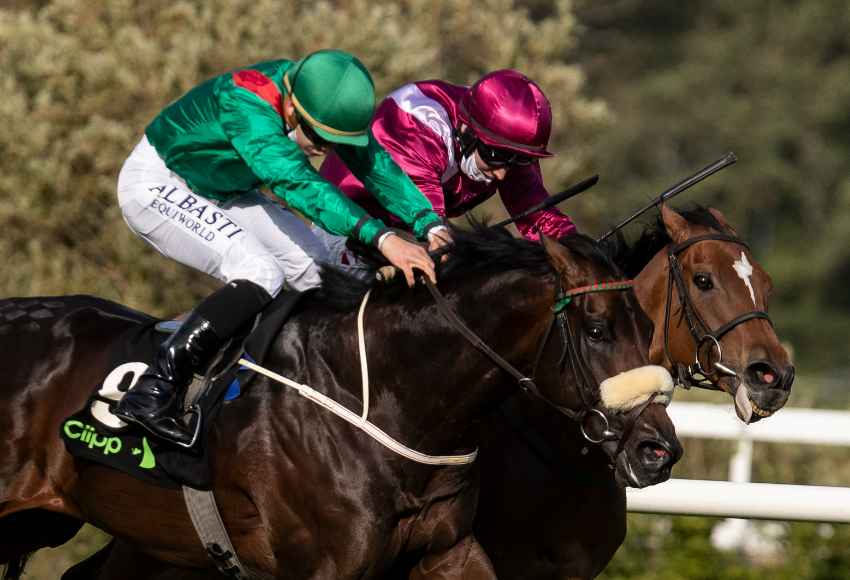
How does Flat racing differ from other horse racing?
Simply put, Flat races do not include any obstacles. Whereas National Hunt races will have a fence or a hurdle, Flat races are a clear run to the line.
Race distances vary between five furlongs (roughly 0.62 miles) and two miles, and most are held on grass tracks.
Flat horses tend to be younger and more athletic than their jumps counterparts, bred to deliver a shorter burst of speed at the business end of a contest.
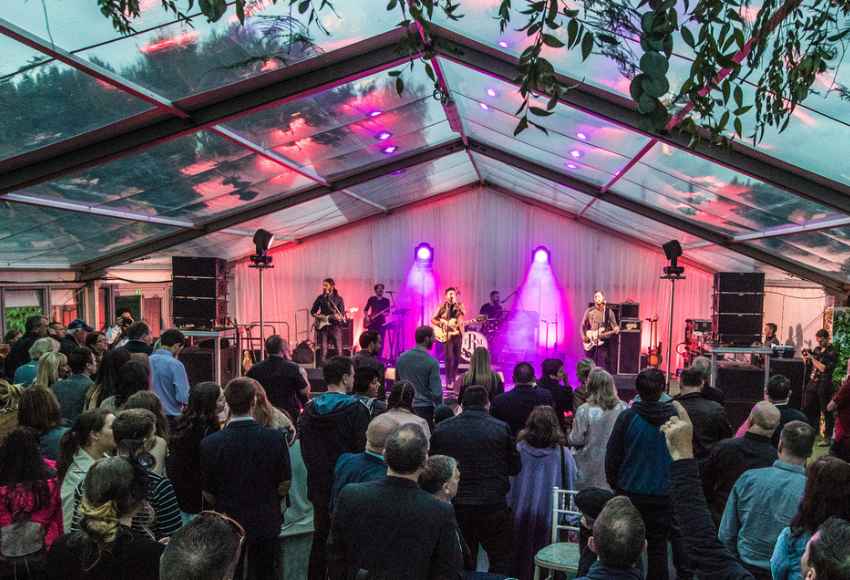
What are the main events?
The season is stacked with big name races but the Classics on either side of the Irish Sea attract the most attention. The Irish 2,000 and 1,000 Guineas are the first major Flat races of the year held in Ireland, with the former for fillies and colts and the latter reserved strictly for fillies. The Irish Derby is next on the calendar and is followed by The Irish Oaks before The Irish St Leger in September, with all five taking place at the Curragh. In the UK, the five Classics are the landmarks of the season, starting with the 2,000 and 1,000 Guineas at Newmarket, followed by The Oaks and The Derby at Epsom and, finally, the St Leger at Doncaster. All ten races are Group 1 races, the highest level of race possible, which means they offer the most prize money and therefore the very best horses in the world. And there is of course Royal Ascot too, which for many is the highlight of the season.
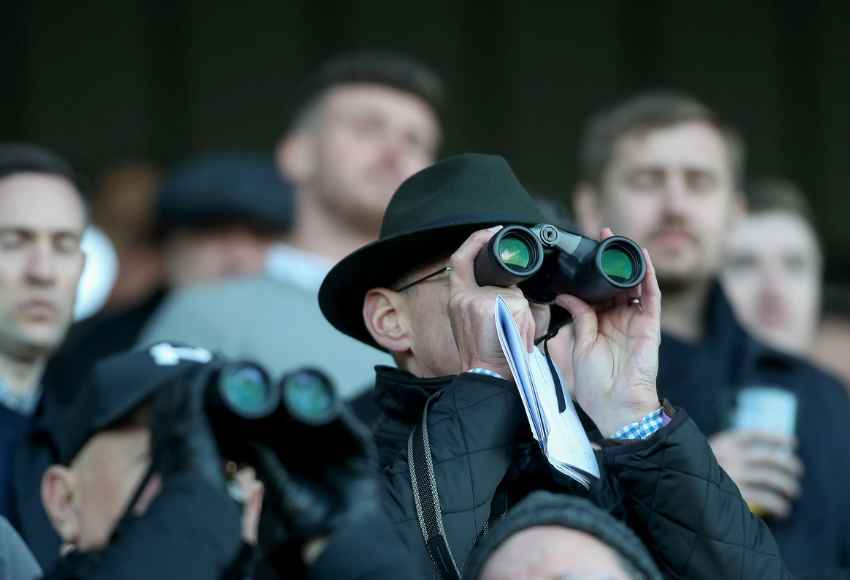
How do people WIN and how do I watch?
At the end of the season, the Champion Trainer title is awarded to the trainer who has accumulated the most amount of prize money. Aidan O’Brien claimed the top trainer prize in 2022, continuing an unbeaten streak stretching back to 1999, while Colin Keane won the award for leading flat champion jockey after registering 92 victories, three clear of Billy Lee. Racing TV streams from 61 racetracks in Ireland and Great Britain while RTE and Virgin Media Sport also showcase the key racedays.
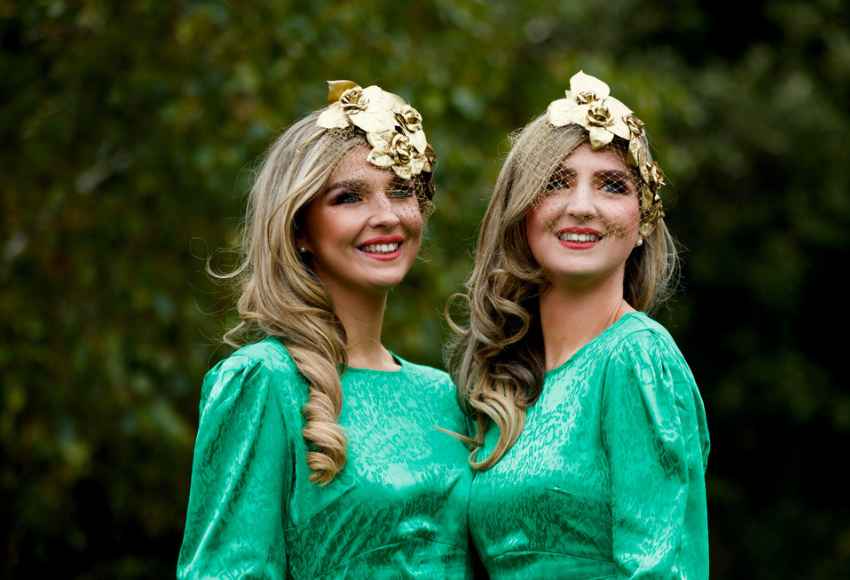
What should I wear?
With the Flat season taking place predominantly in the summer, attendees have more freedom to put their glad rags on and add a little more pomp and panache to proceedings.
It’s not all about dressing up and racegoers are encouraged to wear whatever they feel comfortable in, and to dress for the weather!